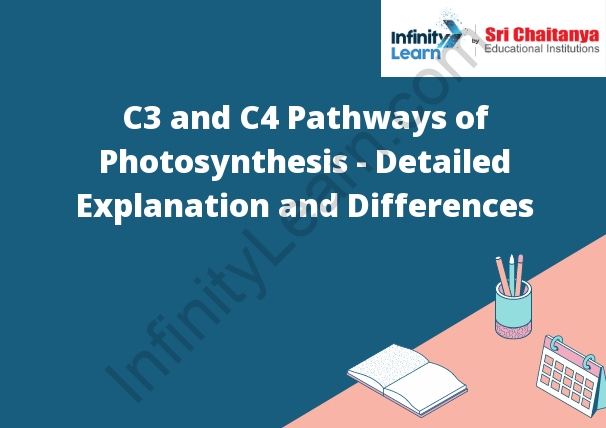Table of Contents
C3 And C4 Cycle; Difference Between C3 and C4 Plants;
The C3 and C4 cycles are two different ways that plants can produce energy from the sun. C3 plants use the C3 cycle, while C4 plants use the C4 cycle.
The C3 cycle is the most common way that plants produce energy. In this cycle, carbon dioxide is converted into a sugar called glucose. The glucose is then used to produce energy for the plant.
The C4 cycle is a more efficient way for plants to produce energy. In this cycle, carbon dioxide is converted into a sugar called oxaloacetate. The oxaloacetate is then used to produce energy for the plant.

Generally, The Photosynthesis Process Occurs in Two Main Phases
The photosynthesis process occurs in two main phases: light interference and carbon fixation. During light interference, light energy is converted into chemical energy that can be used by plants to create glucose from carbon dioxide and water. This process is also known as the light-dependent reaction. The carbon fixation phase occurs after light interference, and it is responsible for converting the glucose created in the light-dependent reaction into usable organic molecules that the plant can use to grow.
C3 Pathway Plants
use carbon dioxide and water to produce glucose and oxygen
The light energy from the sun is converted into organic matter by photosynthesis. The process of photosynthesis splits water molecules into hydrogen and oxygen gas. The hydrogen gas combines with carbon dioxide to form glucose. The oxygen gas is released into the atmosphere.
C4 Pathway Plants
The C4 pathway is a photosynthesis pathway used by some plants to improve the efficiency of carbon fixation. The pathway is used to fix carbon in the presence of high levels of carbon dioxide, and it allows the plant to photosynthesize at high temperatures. The C4 pathway is also more efficient than the C3 pathway at using water, and it allows the plant to photosynthesize in the shade.
C4 Pathway of Photosynthesis
The photosynthesis process can be divided into two stages: light reactions and dark reactions. The light reactions occur when light energy is converted into chemical energy that can be used by plants to create glucose from carbon dioxide and water. The dark reactions occur when the glucose is converted into other molecules that the plant can use to grow.
The light reactions occur in the thylakoid membrane of the chloroplast. Light energy is converted into useful chemical energy when it strikes the chlorophyll in the thylakoid membrane. This energy is used to create a molecule called adenosine triphosphate (ATP), which is the energy currency of the cell.
The dark reactions occur in the stroma of the chloroplast. The glucose created by the light reactions is converted into other molecules that the plant can use to grow. These molecules include sucrose, starch, and nitrogen.







